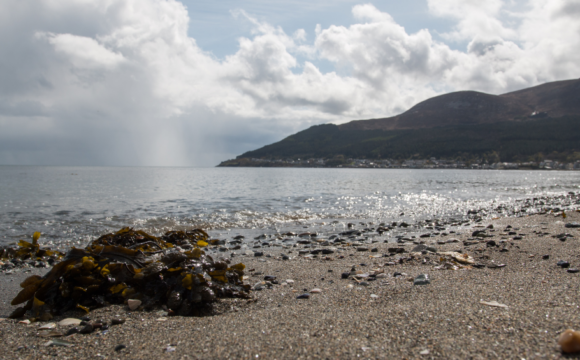Visit The USA invites audiences around the world to celebrate Earth Day’s 50th anniversary on Wednesday April 22, 2020, by bringing the great-outdoors, indoors and virtually exploring the great American wilderness from home.
The creation of the government protected area of Yellowstone National Park in 1872 made enormous strides for early conservation efforts and resulted in the development of national parks worldwide. Earth Day’s mission is to diversify, educate and activate the environmental movement worldwide and with it falling in National Park Week (April 18 – 26) Visit The USA has picked out five of the USA’s most breath-taking and diverse National Parks, that can be discovered on Google Earth and via the National Park Service (NPS).
Zion National Park, Utah
Visitors to Zion National Park can follow the paths where ancient native people and pioneers walked, gaze up at gigantic sandstone cliffs of cream, pink, and red that soar into a brilliant blue sky and experience wilderness in a narrow slot canyon. Zion is home to a unique array of plant and animal species, adventure activities and a rich history. The National Park Service allows audiences to take a virtual hike of Devil’s Landing, one of the park’s most famous treks while Google Earth drops in on six of the park’s most stunning spots such as The Narrows and Kanarraville Falls.
Great Smoky Mountains, North Carolina and Tennessee
Ridge upon ridge of forest straddles the border between North Carolina and Tennessee in Great Smoky Mountains National Park. World renowned for its diversity of plant and animal life, the beauty of its ancient mountains, and the quality of its remnants of Southern Appalachian mountain culture. It may surprise some that this is America’s most visited national park and on Google Earth there is the option to view sites like Laurel Falls Trail and Mingus Mill while NPS has live webcams set up at Twin Creeks and many more.
Olympic National Park, Washington
With its incredible range of precipitation and elevation, diversity is the hallmark of Olympic National Park. Encompassing nearly a million acres, the park protects a vast wilderness, thousands of years of human history, and several distinctly different ecosystems, including glacier-capped mountains, old-growth temperate rain forests, and over 70 miles of wild coastline. Audiences can take a virtual trip to sites like Hole in the Wall and Ruby Beach on Google Earth and view Hurricane Ridge and Lake Crescent, among others on NPS.
Acadia National Park, Maine
Acadia National Park protects the natural beauty of the highest rocky headlands along the Atlantic coastline of the United States, an abundance of habitats with high biodiversity, clean air and water, and a rich cultural heritage. Each year, more than 3.3 million people explore seven peaks above 1,000 feet, 158 miles of hiking trails, and 45 miles of carriage roads with 16 stone bridges. NPS invites viewers to set sail on an eCruise along the rocky shores of Mount Desert Island and Google Earth offers the ability to view key sites such as Jordan Pond and Otter Cliff.
Big Bend National Park, Texas
There is a place in Far West Texas where night skies are dark as coal and rivers carve temple-like canyons in ancient limestone. Here, at the end of the road, hundreds of bird species take refuge in a solitary mountain range surrounded by weather-beaten desert. Tenacious cactus bloom in sublime southwestern sun, and diversity of species is the best in the country – this magical place is Big Bend. At NPS visitors can catch a glimpse of the beautiful Chihuahuan Desert from their live webcam and on Google Earth there is a choice of top sites like Boquillas Canyon and Emory Peak.
To discover more about the USA and the boundless diversity of American travel experiences and authentic, rich culture, please visit www.visittheusa.co.uk
















